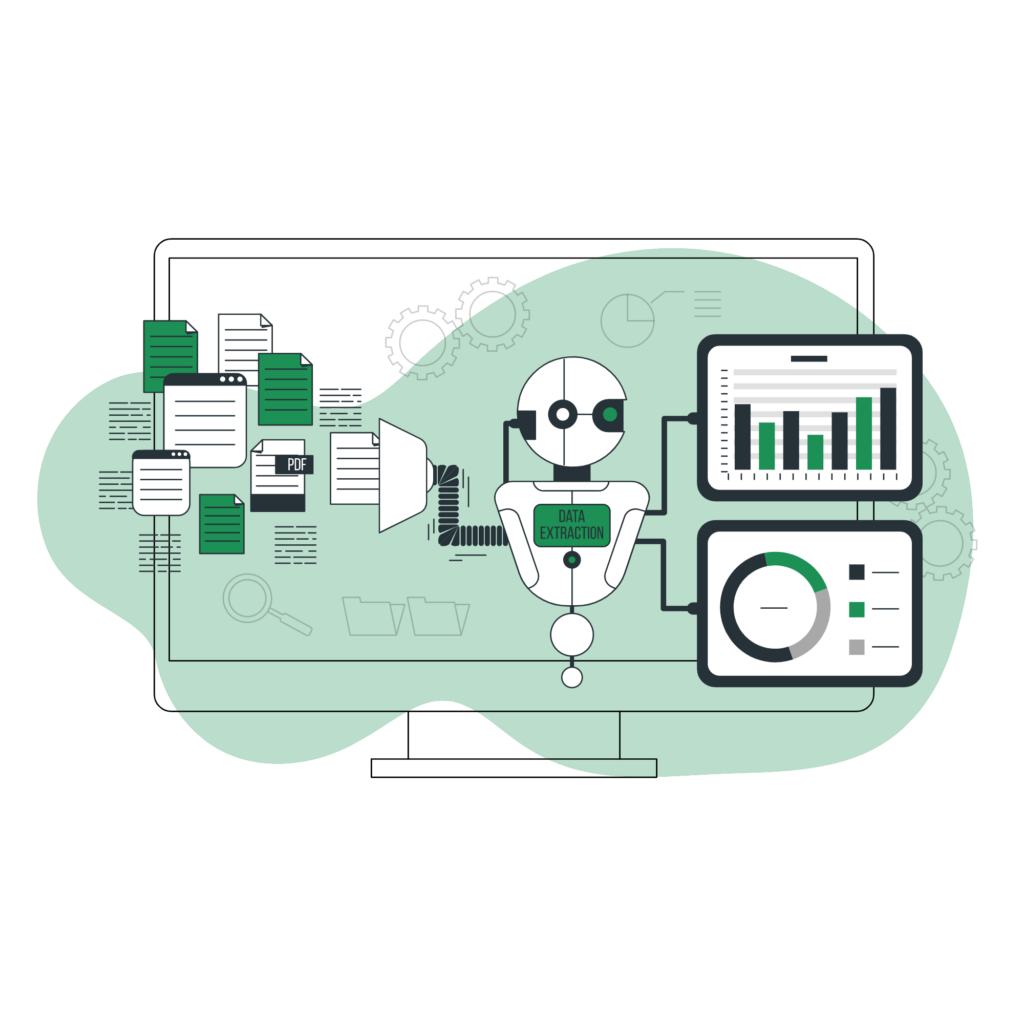Robotic Process Automation (RPA) Services to Streamline Business Efficiency
Unlock operational efficiency, reduce costs, and scale faster with CelticQA’s expert RPA implementation services.
What Is Robotic Process Automation (RPA)?
Robotic Process Automation (RPA) is the use of software robots to automate repetitive, rule-based business tasks. These bots mimic human actions like entering data, processing invoices, or updating customer records — but faster, error-free, and 24/7.
CelticQA helps organizations leverage leading RPA tools such as UiPath, Blue Prism, and Automation Anywhere to improve productivity, eliminate manual processes, and enhance compliance.
Benefits of Robotic Process Automation Services
- Reduce Operational Costs – Save resources by automating manual workflows.
- Enhance Accuracy & Compliance – Minimize errors and ensure audit-ready processes.
- Improve Employee Productivity – Free teams to focus on strategic, high-value tasks.
- Scale Rapidly – Deploy automation across multiple departments and systems. Shape

RPA vs. Traditional Automation
Feature | Traditional Automation | RPA |
|---|---|---|
Implementation | Code-heavy, time-intensive | No-code/low-code, fast deployment |
Flexibility | Limited to structured data | Works across legacy and modern apps |
Cost | High upfront development | Lower setup and maintenance costs |
Scalability | Requires IT support | Easily scalable across business units |
Best Use Cases for RPA
Common Tasks to Automate:
- Invoice and sales order processing
- Employee onboarding and payroll
- Customer service workflows
- Inventory and supply chain updates
- Regulatory reporting and compliance tasks

Comparing RPA Platforms: Features, Scalability & Ease of Use
How do popular RPA platforms and tools like UiPath, Automation Anywhere, and Blue Prism compare in terms of features, scalability, and ease of use?
Financial Services
Automate claims processing, KYC verification, and fraud detection.
Healthcare
Streamline patient intake, billing, and compliance reporting.
Retail & eCommerce
Handle inventory management, returns, and customer service.
Insurance
Accelerate underwriting, renewals, and claims workflows.
Logistics
Automate shipment tracking and inventory reconciliation.
Comparing Top RPA Platforms: UiPath vs. Automation Anywhere vs. Blue Prism
Platform | Key Features | Scalability | Ease of Use |
UiPath | AI & ML integration, drag-and-drop workflows | Excellent via Orchestrator | Very user-friendly |
Automation Anywhere | Cloud-native, Bot Store, analytics | High with cloud deployment | Intuitive builder |
Blue Prism | API integration, robust security | Enterprise-grade | More technical, but powerful |
Not sure which platform fits your needs? Schedule a call and our RPA experts will guide you.
Our Proven RPA Implementation Process
- Process Assessment & Mapping – Identify repetitive, high-impact workflows ideal for automation.
- Pilot Automation & ROI Projection -Build a proof of concept to validate results before scaling.
- Tool Selection & Bot Development – Choose the best-fit RPA platform and develop customized bots.
- Risk Mitigation & Change Management –Ensure secure deployment and organizational alignment.
- Deployment & Monitoring -Launch with ongoing performance analytics and support.

Addressing RPA Challenges & Mitigation Strategies
CelticQA stays ahead by integrating AI and ML into RPA workflows, enabling intelligent automation for processes like document recognition, predictive analysis, and conversational bots. These advancements unlock new automation opportunities beyond rule-based logic.
Challenge
Process Selection |
Employee Resistance |
Data Security |
Governance & Compliance |
Our Solution
We assess process fit and value upfront |
Involve teams early and focus on upskilling |
Follow best practices for encryption & access control |
Clear policies, audit trails, and regulatory alignment |
Why Choose CelticQA for RPA Services?
- Decades of cross-industry experience
- Certified UiPath, Blue Prism, and Automation Anywhere professionals
- Proven QA frameworks for scalable, secure automation
- Dedicated RPA consultants and implementation support
Our Automation Tool Capabilities









USA
Experience quality assurance with our expert QA Testing Services in the USA.

UK
Elevate your software quality with our tailored Software QA Testing Services in the UK.

Ireland
Quality assurance for your software made easy with our experienced Software QA & Testing Services in Ireland.
Our Key Clients
Ready to Automate Your Business with RPA?
The latest testing automation solutions from CelticQA can help you deliver projects on time, within budget and with zero defects.
Atlanta, USA
MON – FRI: 9 AM to 5 PM
Dundalk, Ireland
MON – FRI: 9 AM to 5 PM